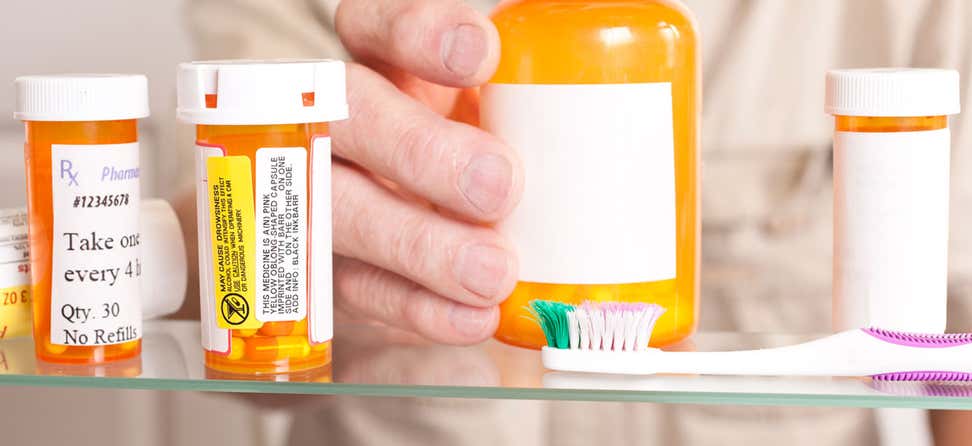Key Takeaways
Medicare Part D is the part of Medicare that provides prescription drug coverage.
Part D plans are sold through private insurance companies, and what you pay out of pocket will vary by plan.
Learn more about Medicare Part D costs, drug coverage, and when and how to enroll in a plan.
Original Medicare (Parts A and B) covers a wide range of important health care services, from hospital stays to doctor visits. However, it does not cover prescription medications. That’s where Medicare Part D comes in. Part D is a separate prescription drug plan available to Medicare enrollees. This benefit is sold through private plans that are approved by Medicare. Part D plans may be standalone plans or come as part of a Medicare Advantage plan.
Each Part D plan can vary in costs and the drugs covered, and plans can change from year to year. That means a plan that covers certain prescriptions this year might change and not cover them next year.
How to enroll in Medicare Part D
There are specific times when you can enroll in Part D. One is during the Initial Enrollment Period, when you first become eligible for Medicare. There are also Special Enrollment Periods, such as when you retire and lose employer drug coverage, or if you move out of one Part D plan’s service area to another area.
The Annual Open Enrollment Period, also known as the Medicare Open Enrollment Period, takes place each year from Oct. 15-Dec. 7. During this time, people with Medicare can join, disenroll, or switch Part D and/or Medicare Advantage plans .
If you choose to enroll in Part D outside of your Initial or Special Enrollment Periods, you may face a late enrollment penalty, depending on the situation. This penalty may result in higher monthly premiums for the rest of the time you have drug coverage from Medicare, unless you qualify for the Part D Low Income Subsidy (LIS/Extra Help).
What are the costs of Part D?
Most people enrolled in a Part D plan (and not eligible for LIS/Extra Help assistance) have out-of-pocket costs. These costs may include:
- A monthly Part D plan premium (average premium in 2024 is $55.50),
- An annual deductible (maximum $545 in 2024),
- A cost-sharing portion of plan-covered drugs (either a copayment or coinsurance during the initial coverage period),
- A percentage of the cost of drugs during the period after the initial coverage period and before catastrophic coverage begins (this used to be called the Coverage Gap or "donut hole")
Currently, if you reach the catastrophic coverage phase (only a small number of people do), you must pay minimal drug copayments or coinsurance costs. However, starting in January 2024, the 5% coinsurance requirement for catastrophic coverage will be eliminated.
Be sure to check out our Part D costs chart to understand what your costs might look like in the current year. It’s important to remember that your health care and financial situation may change. That’s why it’s a good idea to review your Part D coverage during Open Enrollment to determine whether it will continue to fit your prescription needs in the coming year.
How to get help with Part D plans and costs
If you or an older adult you know needs help choosing a Part D plan—or getting extra help with prescription drug costs—try these resources:
- BenefitsCheckUp® is a free online tool where you can browse benefits programs to help youpay for health care and other costs, including prescription drugs.
- Your local State Health Insurance Assistance Program (SHIP) is federally funded to provide free, unbiased assistance to people with Medicare and their families. To find your SHIP, call toll-free 877-839-2675 or visit the SHIP website.
- NCOA has partnered with licensed Medicare advisers who meet our Medicare Standards of Excellence. Each one has completed a robust training and certification process, ensuring they can provide reliable, in-depth Medicare advice and support. Talking to these brokers is absolutely free. Learn more.
Explore other ways to save on your prescription medication costs.











